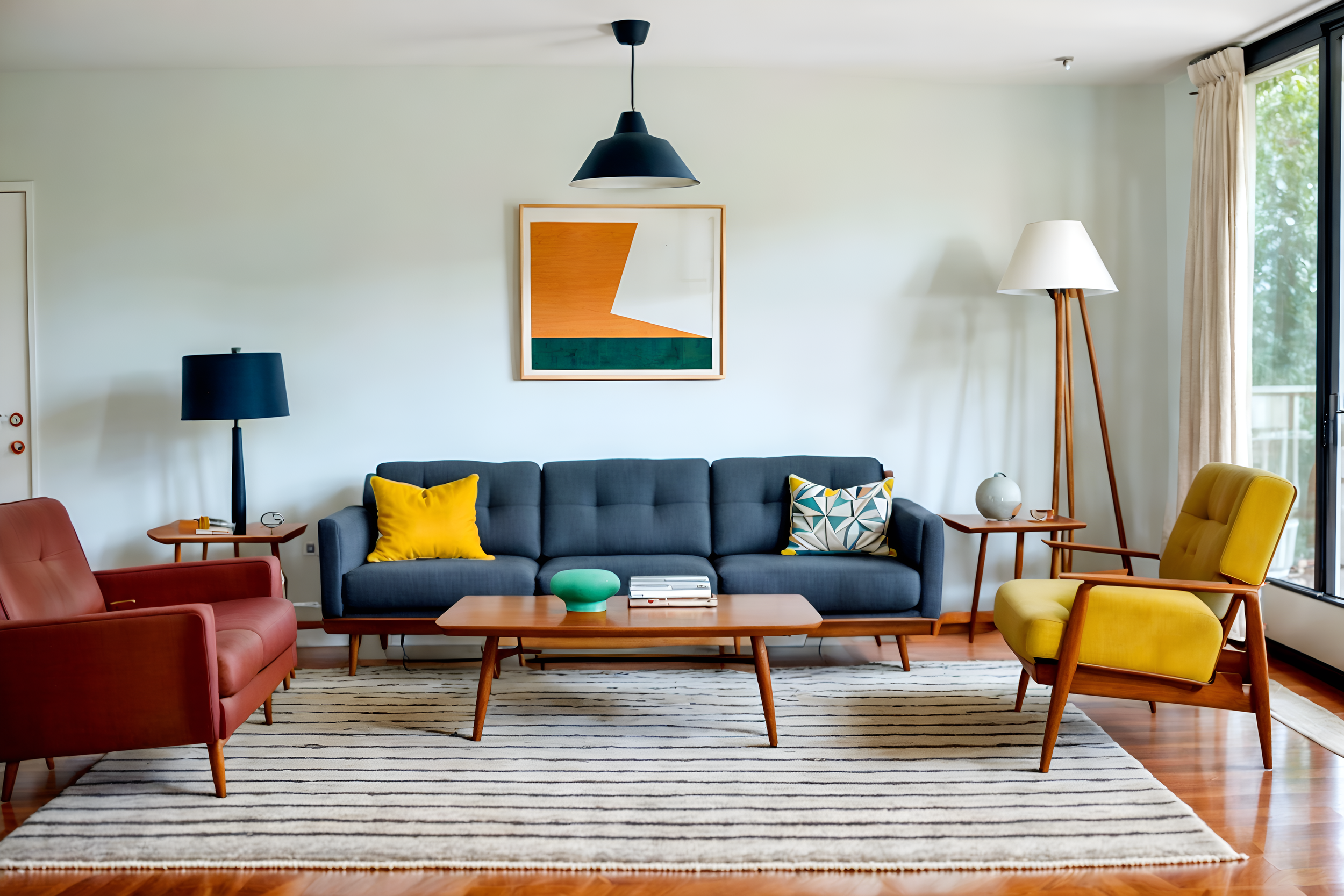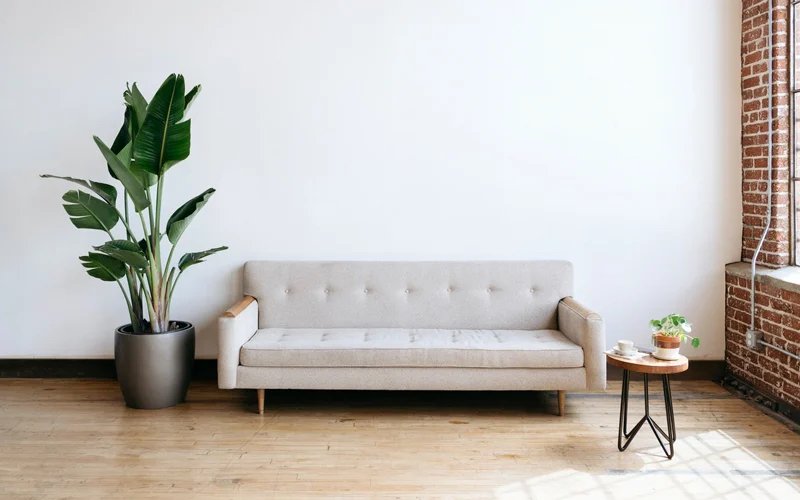Key Elements of Mid-Century Danish Furniture Design
Mid-20th-century Danish design is characterised by a distinctive aesthetic that effortlessly blends simplicity with sensuality.
Utilitarian yet stylish, these pieces often use organic materials such as wood and leather, resulting in timeless creations. Analysing the works of renowned brands like Fritz Hansen and Hans Wegner reveals the foundational principles that define this elegant and livable modernism:
1. Functionality:
In Danish design, functionality takes centre stage. Each piece prioritises ergonomic comfort without sacrificing beauty.
The organic, curvaceous shapes are designed to contour to the human form, supporting both the body and a relaxed lifestyle.
2. Streamlining:
The design ethos leans heavily toward clean, minimal lines devoid of excessive ornamentation. Wood is skillfully shaped into fluid and sculptural forms, promoting a sense of elegance through simplicity.
3. Natural Materials:
Scandinavian artisans prefer working with materials like teak, oak, and rosewood, transforming them into exquisitely smooth curves and soft angles.
The addition of textures such as leather and cane enhances the tactile experience, creating warm and inviting surfaces.
4. Craftsmanship:
Danish furniture is renowned for its exceptional craftsmanship. Utilising traditional joinery techniques and meticulous hand-finishing processes, these pieces are built to stand the test of time, emphasising quality over quantity.
5. Understated Elegance:
Rather than gravitating towards flashy aesthetics, Danish design embodies an understated elegance.
The focus is on creating pieces that exude warmth and soul, fostering a cosy atmosphere in living spaces rather than opting for stark minimalism.
While Danish mid-century furniture may seem straightforward upon first glance, a deeper appreciation reveals a sophisticated interplay of form, function, and materials.
Each piece reflects a well-thought-out design philosophy that enhances both aesthetic appeal and everyday utility.
Investing in a vintage Danish furniture piece is not merely about acquiring an item; it's about embracing a lifestyle that harmoniously blends sophistication with comfort, ensuring enjoyment and satisfaction for many years to come.



